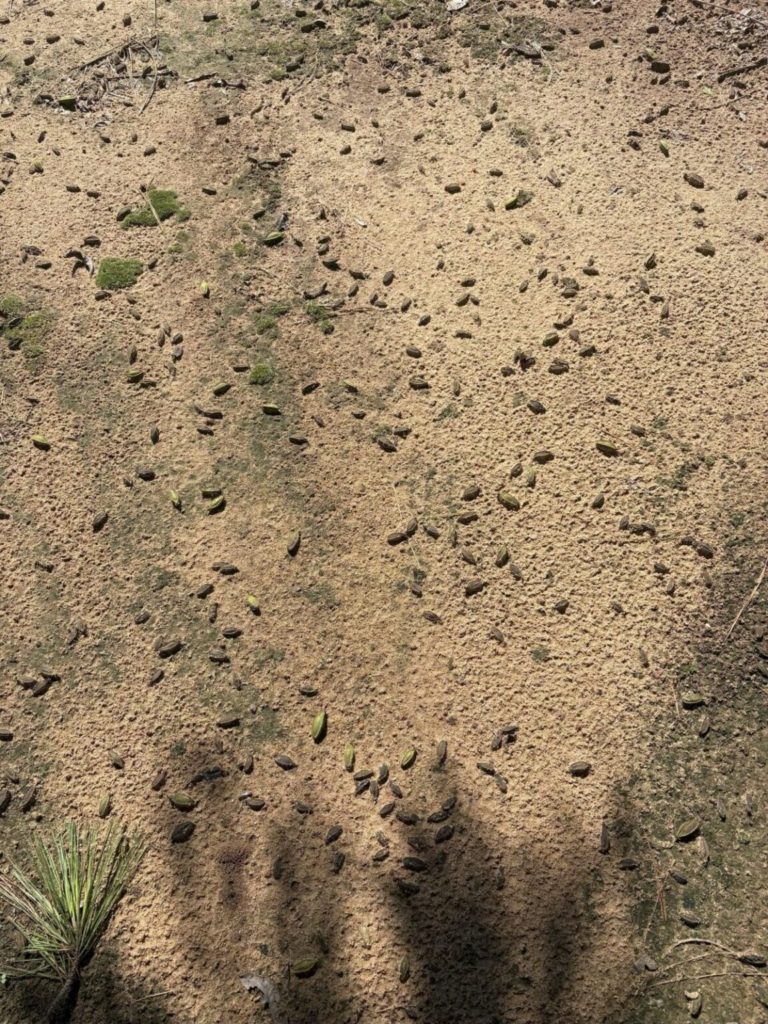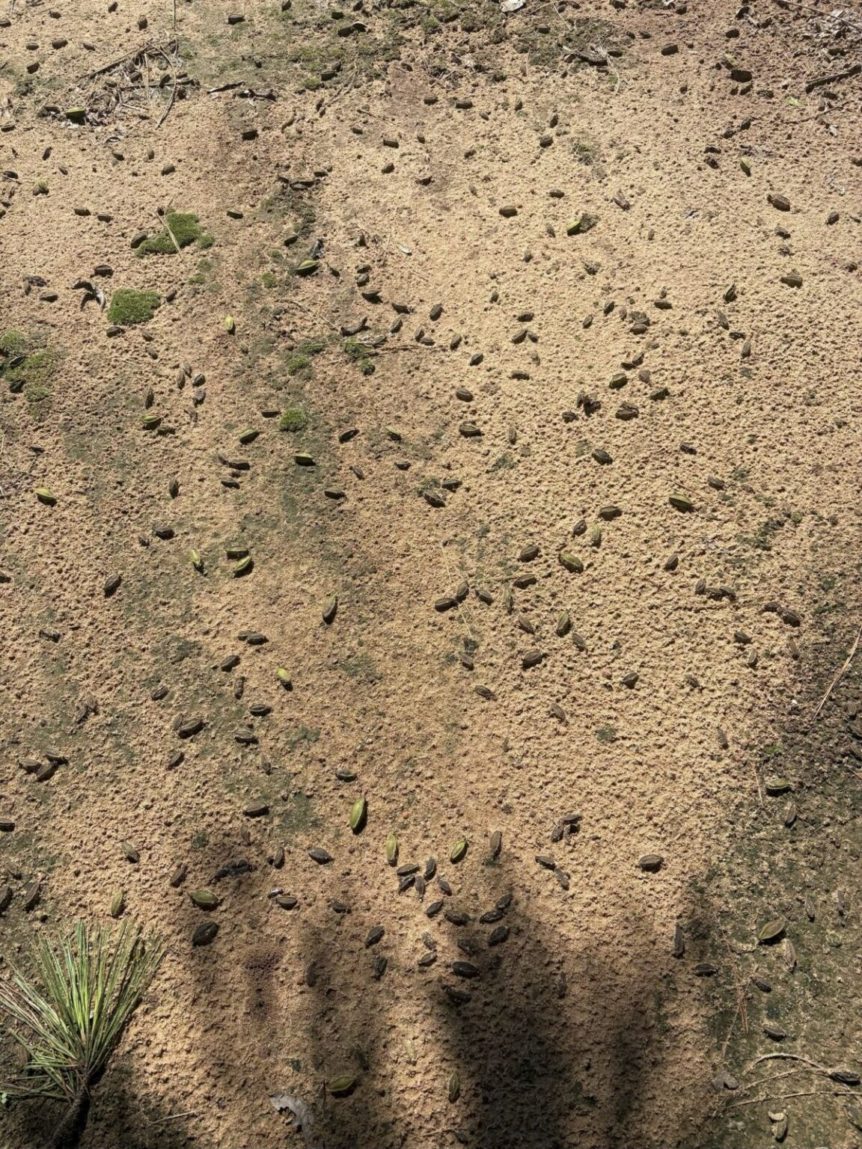By Clint Thompson
Southeast pecan producers may already be observing nut drop in next season’s crop.

University of Georgia (UGA) Extension pecan specialist Lenny Wells noted in the UGA Extension Pecan Blog that nut drop is occurring in multiple varieties. He emphasized that what growers are seeing is a “natural drop.”
“It typically begins just before rapid fruit expansion (about 55 days after pollination) and is considered to result from failure of the endosperm to develop properly,” Wells wrote. “A certain percentage of the fruit will drop. That is the normal physiological process of the tree. Some years they may drop more than others, but this typically stays within a moderate range of 30% to 50% of the nuts in a cluster.”
Wells stresses to pecan farmers who are worried about their crop that though the nuts are dropping, “the sky is not falling.”
“Don’t obsess over nuts on the ground when the trees still bear a good crop,” Wells noted. “Many will say at the moment, ‘My trees are losing all their nuts,’ but once the nuts are fully sized, they see that in fact, they still have a pretty good crop. Keep looking up.”
Insects to Manage
Growers should also be aware that a couple of insect pests can lead to more nut drop during July. These include shuckworm and nut curculio. Producers should use an insecticide like Intrepid, Intrepid Edge or Dimilin for shuckworm.
If growers are observing curculio infestations, they should consider their crop size and the amount of nut drop before pulling the trigger on insecticide use.
“If you have a good crop, you can take a little drop from curculio and allow them to thin it for you,” Wells said. “The lighter crop you have the more you must consider spraying.”
Pyrethroid applications can flare up aphids and mites the rest of the season.










